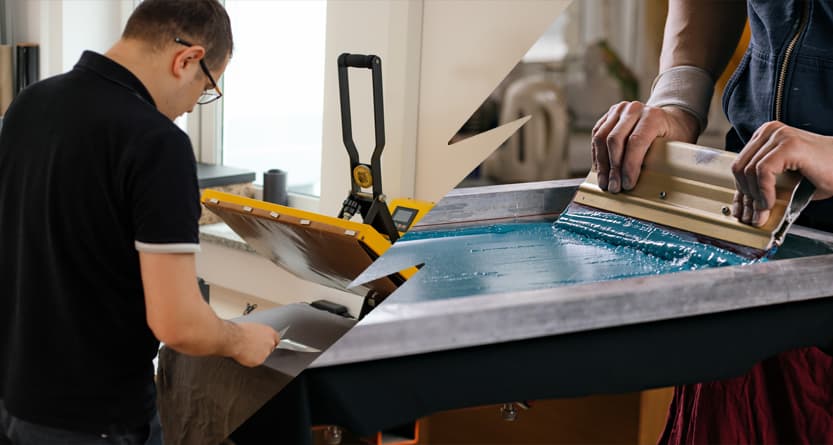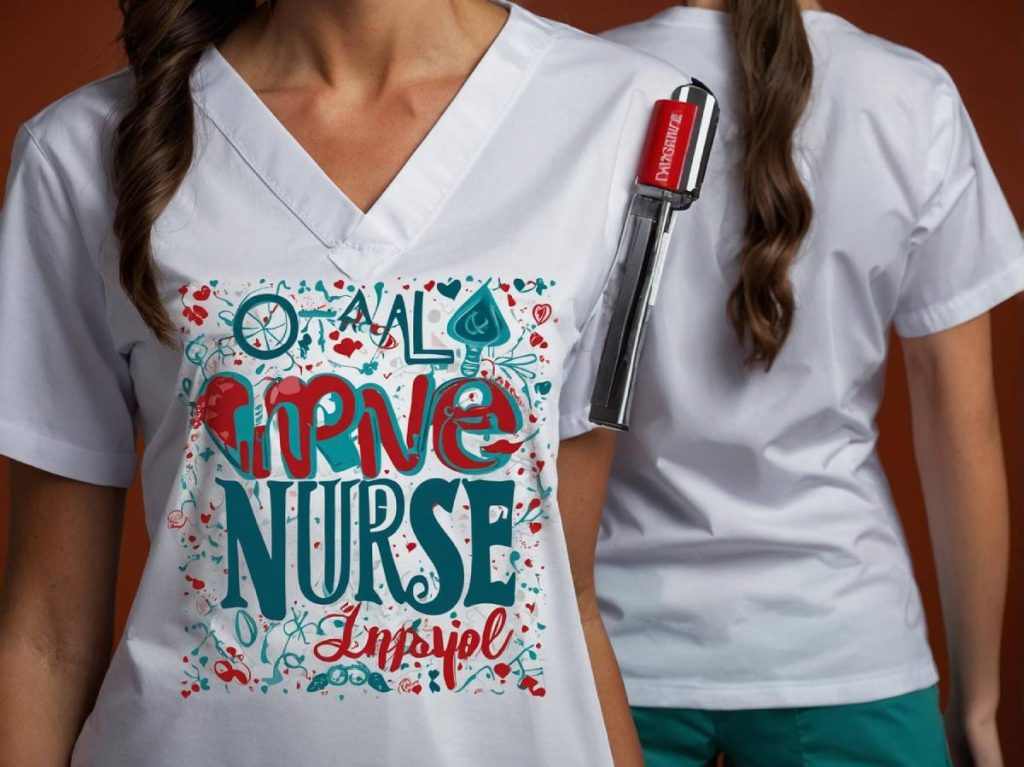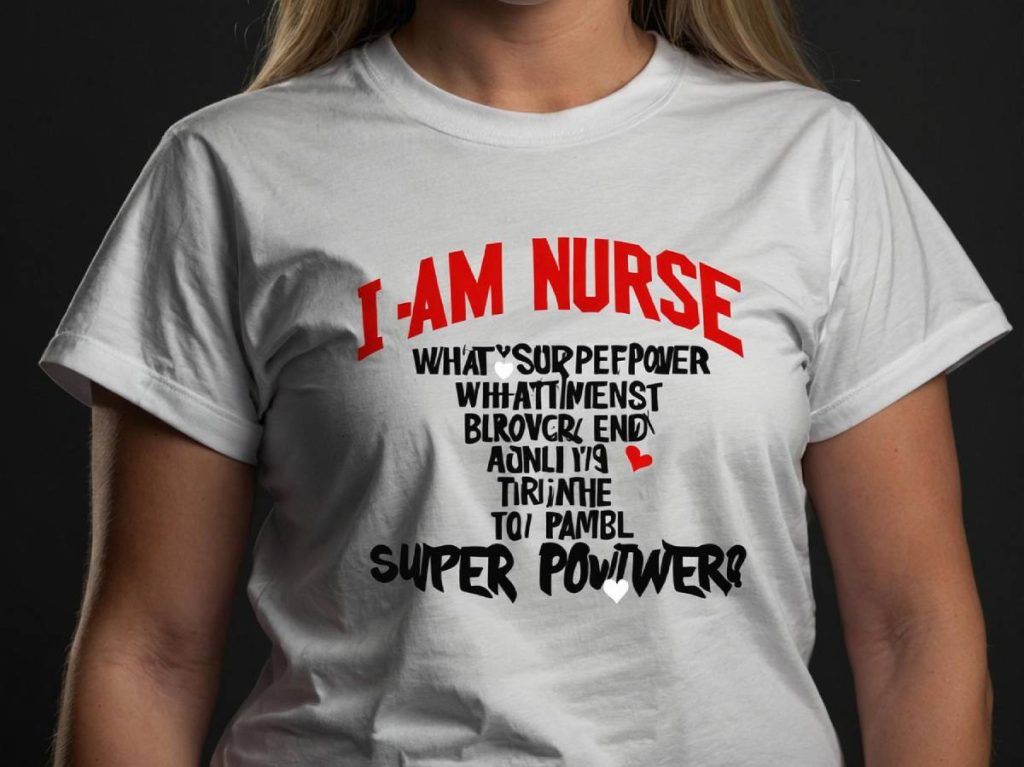When it comes to customizing apparel, especially in the healthcare sector, the debate between Nurse Transfers and Screen Printing is more relevant than ever. Both methods offer unique advantages and challenges, making it essential to understand their differences. In this article, we will delve into the intricacies of Nurse Transfers and Screen Printing, helping you determine which option is better suited for your specific needs. Whether you are looking for durability, vibrancy, or ease of application, we will cover all the critical aspects to guide your decision.
As we explore the world of fabric customization, you will learn about the various factors that influence the effectiveness of Nurse Transfers and Screen Printing. From the types of materials used to the longevity of the designs, each method has its own set of characteristics that can impact your final product. We will also discuss the cost-effectiveness of each technique, providing you with insights that can help you make an informed choice.
Furthermore, we will highlight real-world applications and case studies that showcase the strengths and weaknesses of both methods. By the end of this article, you will have a comprehensive understanding of Nurse Transfers and Screen Printing, empowering you to choose the best option for your customization needs. So, stay with us as we unravel the details and help you make the right decision for your apparel projects!
Understanding Nurse Transfers
Nurse transfers, also known as heat transfers, involve applying a design onto fabric using heat and pressure. This method is popular for its ability to produce vibrant colors and intricate designs. The process typically requires a transfer paper that has the design printed on it, which is then placed on the fabric and heated to bond the ink with the material. This technique is particularly favored for small runs or custom designs, making it ideal for personalized apparel.
One of the key advantages of nurse transfers is their versatility. They can be applied to various fabric types, including cotton, polyester, and blends. Additionally, the quality of the print can be maintained over time, as the colors remain vibrant even after multiple washes. However, it is essential to use high-quality transfer paper and inks to achieve the best results, as lower-quality materials can lead to fading or peeling.
Exploring Screen Printing
Screen printing is a traditional method that involves creating a stencil (or screen) for each color in the design. Ink is then pushed through the screen onto the fabric, layer by layer. This technique is widely used for bulk orders due to its efficiency and cost-effectiveness. Screen printing is known for producing durable prints that can withstand heavy use, making it a popular choice for uniforms and promotional items.
One of the significant benefits of screen printing is its ability to produce high-quality, long-lasting designs. The ink used in screen printing is typically thicker than that used in transfers, resulting in a more vibrant finish. Additionally, screen printing allows for a wider range of ink types, including specialty inks like metallic or glow-in-the-dark, which can enhance the overall design. However, the setup process can be time-consuming, making it less suitable for small orders.
Cost Comparison: Nurse Transfers vs. Screen Printing
When considering the cost of nurse transfers versus screen printing, several factors come into play. Nurse transfers are generally more affordable for small quantities, as there are no setup fees associated with creating screens. This makes them an attractive option for custom designs or one-off items. However, as the quantity increases, the cost per item for screen printing decreases significantly, making it more economical for larger orders.
In contrast, screen printing requires an initial investment in screens and setup, which can increase the overall cost for small runs. However, for bulk orders, the cost savings can be substantial. Businesses should evaluate their specific needs and order sizes to determine which method offers the best value for their situation.
Quality and Durability: A Side-by-Side Analysis
Quality and durability are critical factors when choosing between nurse transfers and screen printing. Nurse transfers can produce high-quality prints, but their durability may vary depending on the materials used. High-quality transfers can last for many washes, but lower-quality options may fade or peel over time.
On the other hand, screen printing is renowned for its durability. The thicker ink used in this method adheres well to the fabric, resulting in prints that can withstand heavy wear and tear. This makes screen printing the preferred choice for items that will be used frequently, such as uniforms or promotional apparel. Ultimately, the choice between the two methods will depend on the intended use of the printed items.
Environmental Impact: Which Method is Greener?
As sustainability becomes increasingly important, the environmental impact of printing methods is a significant consideration. Nurse transfers often use less ink and can be more efficient for small runs, potentially reducing waste. However, the production of transfer papers and inks can still have environmental implications.
Screen printing, while efficient for large orders, can generate more waste due to the setup process and the use of screens. However, many screen printing companies are now adopting eco-friendly inks and practices to minimize their environmental footprint. Businesses should consider the sustainability practices of their chosen printing method and supplier when making a decision.
Conclusion: Making the Right Choice for Your Needs
In conclusion, the choice between nurse transfers and screen printing ultimately depends on the specific needs of the project. For small, custom orders, nurse transfers may be the better option due to their affordability and versatility. Conversely, for larger quantities and items requiring durability, screen printing is likely the superior choice.
By evaluating factors such as cost, quality, durability, and environmental impact, businesses can make an informed decision
| Criteria | Nurse Transfers | Screen Printing |
|---|---|---|
| Definition | Nurse transfers involve the application of designs or images onto fabric using heat and pressure. | Screen printing is a technique where ink is pushed through a mesh screen to create designs on fabric. |
| Durability | Generally durable, but may fade over time with washing. | Highly durable and resistant to fading, especially with proper care. |
| Cost | Typically lower initial costs, but may vary based on design complexity. | Higher initial setup costs due to screens and inks, but cost-effective for large runs. |
| Design Complexity | Best for simple designs and logos. | Can handle complex designs and multiple colors effectively. |
| Production Speed | Faster for small quantities, as each transfer can be applied quickly. | Slower for small runs due to setup time, but efficient for bulk orders. |
| Environmental Impact | Less waste generated, but depends on the materials used. | Can produce more waste, but eco-friendly inks are available. |
| Application | Commonly used for custom apparel, especially in small batches. | Widely used for bulk production of t-shirts, posters, and other items. |



